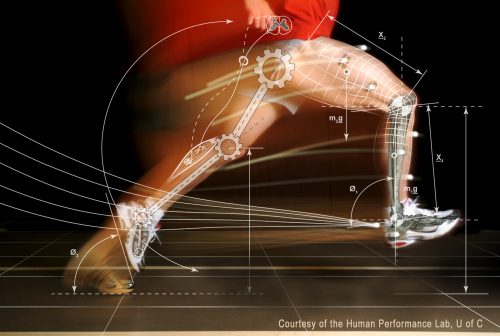How to prevent injuries in 2018?
Posted on January 29th, 2018 by Andries Lodder
Here are the best exercises for your body to stay injury-free.
Injuries such as sprains, strains, tendonitis, and even broken bones are all consequences of living an active lifestyle. With the right knowledge and preparation, many injuries can be reduced or entirely prevented.
There are two classes of injuries: traumatic or acute and cumulative or chronic. Traumatic injuries are those accidents that happen in sport or daily life. Cumulative injuries relate to tissue damage that occurs over time because of repetitive strain. These types of injuries creep up and may be a function of poor posture, faulty movement patterns, or improper training form.
To prevent an injury, you need to be physically prepared. We advise you to include the following into your training programs for injury prevention.
Flexibility
Flexibility refers to the range of movement in a joint or series of joints, and length in muscles that cross the joints to induce a bending movement or motion. Flexibility varies between individuals, particularly in terms of differences in muscle length of multi-joint muscles.
Our advice: Spend at least one 5-minute session per training session on stretching, preceded by a thorough warm-up.
Strength
Strength is the maximal force you can apply against a load, power is proportional to the speed at which you can apply this maximal force
Our advice: Include two or three 30-minute strength training sessions with weights per week.
Balance
Balance is an ability to maintain the line of gravity (vertical line from centre of mass) of a body within the base of support with minimal postural sway. Sway is the horizontal movement of the centre of gravity even when a person is standing still.
Our advice: Single-leg balancing on the bosu-ball (or balance mat for beginners) is a great balancing exercise and can be included in your everyday workout session. Do 3 sets of 30 seconds on each leg.
Agility
Agility is the ability to change the body’s position efficiently, and requires the integration of isolated movement skills using a combination of balance, coordination, speed, reflexes, strength, and endurance. We recommend that agility exercises should be performed only by a trained individual or under the supervision of a exercise health care professional (Biokineticist).
Our advice: Include one agility exercise at least once a week in your training session.
Power
The ability to exert a maximal force in as short a time as possible, as in accelerating, jumping and throwing implements.
Our advice: A burpee plus a 10-meter sprint is an excellent combination for power generation. Include five in a row twice a week.
Tweet
